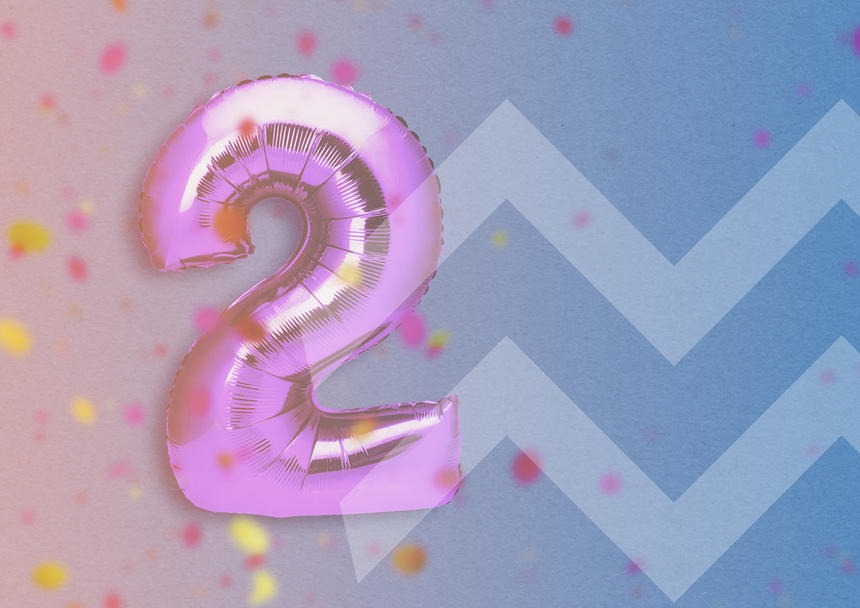When it comes to inflation, 2% is the magic number. The US, Europe and UK are all battling to reach it, and in doing so, walking a tricky path between rate hikes to cool growth and cuts to stimulate it. But do you know where the 2% measure came from and why is it prized as the inflation sweet spot?
You might fairly assume it was born out of rigorous academic analysis, but in a strange twist of fate, it came about via casual comments made in New Zealand in the late 1980s. In a TV interview, New Zealand’s finance minister Roger Douglas was asked about the country’s high inflation rate. He commented that “it would be better at 0-1%”, triggering the central bank to feel obligated to come up with an official target, having never had one before. With rounding incorporated to accommodate for an upward bias, and a little extra wiggle room added for good measure, the 2% target was born.
Whatever this target lacked in academic credibility, it made up for in impact. In 1989, New Zealand had an inflation rate of 7.6%, but by 1991 it was 2%, causing other economies to take notice.
In 1992, the Bank of England began aiming for an inflation level of 1-4% and continued to refine this measure until it officially implemented the 2% target in 2003.
In the US, both Federal Reserve Chair Volcker (1979-1987) and his successor Greenspan (1987-2006) favoured inflation in the 0-1% range, but Bernanke ultimately implemented the view that a higher target would allow the Federal Reserve to take greater action in times of recession. The US officially adopted it in January 2012.
In Europe, a rate of “below but close to 2%” was followed from 2003, but the European Central Bank didn’t officially adopt a firm 2% target until July 2021.
Given the unscientific backstory, whether 2% really is the optimal number remains open to debate. Perhaps the timelier question is “do we need to reach 2% at all?”
Here I’d say no – we expect to see rate cuts implemented as inflation ticks down towards the 2.5%–3% range. It’s important central bankers aren’t too militant in their views, keeping rates too high for too long as that could lead us back into the kind of environment we faced pre-Covid, where inflation was stuck around 0% and the fear of a Japan-like deflation spiral was on everyone’s minds. All economies need some inflation to support growth and to lower the real cost of the large debt burdens most countries have at present.
The recent flair-up of geopolitical tensions, particularly around supply routes through the Red Sea, increases the potential for supply chain disruption pushing inflation back up. This comes at the same time as financial conditions loosen, as evidenced by the rally in both crypto and AI-related companies, giving consumers more wealth in their pockets. Until we see wages and employment soften, the likelihood is that inflation will remain somewhat sticky around current levels.
Our view is that 2% is a reasonable guide, but the key thing to remember is that this should not be a blinkered target for central banks to the exclusion of other factors. Whilst a “no landing” is the current market view with the euphoria that goes with it, there is still a real risk that “higher for longer” in pursuit of the 2% target could cause the economic damage we have so far avoided.


